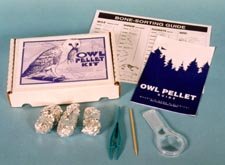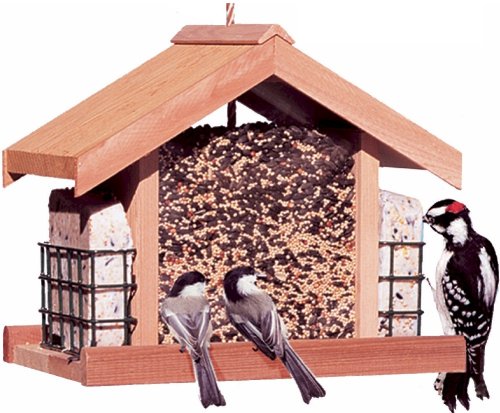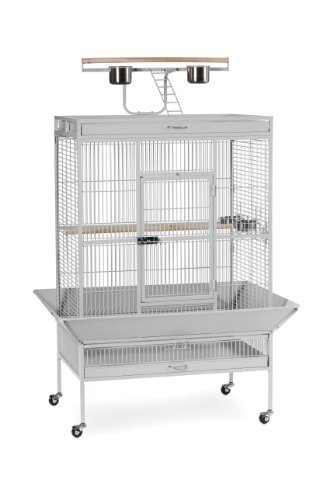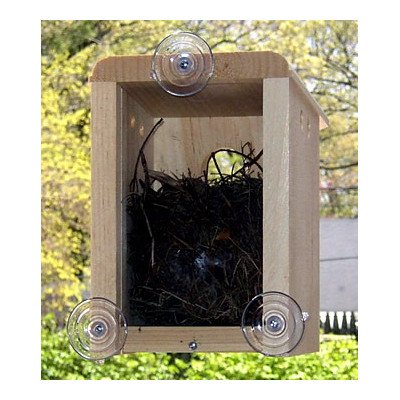The Sussex Spaniel is a loving and cheerful dog. It can make do in an apartment as long as it gets frequent walks. A better situation would be a properly fenced in yard for exercise. It must be noted that some do like to be noisy. They generally get along well with other pets and dogs as long as they have been extensively socialized with them when young. It is also said that they love the older children that they are raised with. As a reminder, never leave a child unsupervised with a puppy or dog.
*Approximate Adult Size. The approximate adult size (two years old or older) of the Sussex Spaniel is 15 to 16 inches to the withers (highest point of the shoulder) and 40 to 50 pounds.
*Special Health Considerations. Most dog breeds have certain inherited health problems associated with that specific breed and the Sussex Spaniel is no exception. Although considered a healthy breed, be on the look out for enlarged heart, intervertebral disc syndrome and ear infections. This disease list is an informative guideline only. Other diseases may also be significant threats, please contact your veterinarian for a complete list.
She should visit the veterinarian several times in the first year for shots, boosters and check up. Then, as an adult, she should visit the veterinarian yearly for shots and check up. As she gets older, six years and on, she should visit the veterinarian twice a year for check ups and shots. Remember; avoid feeding your dog sweets.
*Grooming. The Sussex Spaniel has a flat, heavy, medium length golden red coat. She should be brushed regularly. Brushing will help her maintain a clean and healthy coat, avoid mats, help you keep a closer eye on her health and strengthen your emotional bond with her. You may want to have her professionally groomed several times a year.
Her ears should be checked once a week and be kept clean. If you have her professionally groomed, make sure ear cleaning and inspection is part of the package. No water or excess fluid should get in the dogs ears, and do not try to irrigate the ears. Ear cleaning is too complicated and critical to instruct here. Look for hair growing in the ear canal, excess wax, or moisture. If her ears have a discharge, foul odor or she seems to be in distress and you suspect an infection, or tumor, consult your veterinarian.
Her teeth should be brushed at least twice a week with toothpaste and toothbrush designed for dogs. Brushing removes the accumulation of plaque and tartar which can cause cavities (rarely) and periodontal disease. Dog periodontal disease can lead to pain, loss of teeth, bad breath and other serious disease.
Her toenails may need to be examined for growth and clipped regularly. The toenails of the rear feet grow slower than the toenails of the front feet.
*Life Span. The Sussex Spaniel can live between 11 and 12 years with proper nutrition, medical care and excellent living conditions.
*History. The Sussex Spaniel comes from Great Britain where it was used as a bird hunting dog. They may be a cross between a Bloodhound and Clumber Spaniel. They were first registered by the American Kennel Association in 1878.
Some Registries:
* Sussex Spaniel Club of America
*UKC United Kennel Club
*NKC National Kennel Club
*CKC Continental Kennel Club
*APRI Americas Pet Registry Inc.
*AKC American Kennel Club
*FCI Federation Cynologique Internationale
*NZKC New Zealand Kennel Club
*KCGB = Kennel Club of Great Britain
*ANKC = Australian National Kennel Club
*ACR = American Canine Registry
Litter Size: 5 to 6 Sussex Spaniel puppies
Category: Gun Dog
Terms To Describe : Affectionate, placid, friendly, cheerful, steady, gentle, sweet, companion, sociable
*SPECIAL GOOD POINTS
Makes a good watch dog.
Makes an ok guard dog.
*SPECIAL BAD POINTS
Can be a barker.
*Every dog is an individual so not everything in this information may be correct for your dog. This information is meant as a good faith guideline only.

 Learn and Create: Attracting Owls to Your Backyard
This series of articles will
Learn and Create: Attracting Owls to Your Backyard
This series of articles will
 Learn what you need to Breed Indian Ringneck Parrots
Birds are beautifulThere are so many beautiful
Learn what you need to Breed Indian Ringneck Parrots
Birds are beautifulThere are so many beautiful
 Military Macaws
Common Name:
Military Macaws
Common Name:
 Pros and Cons for Buying or Building an Aviary for Your Birds
Choosing an AviaryBeautiful
Pros and Cons for Buying or Building an Aviary for Your Birds
Choosing an AviaryBeautiful
 How to Care for Baby Birds That Have Fallen Out of a Nest
How to Care for Baby Birds That Have Fallen Ou
How to Care for Baby Birds That Have Fallen Out of a Nest
How to Care for Baby Birds That Have Fallen Ou